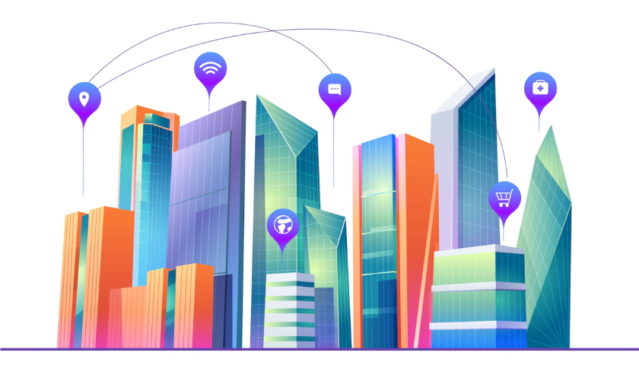The number of buildings globally deploying smart building technologies is forecast to reach 115 million in 2026.
Up from 45 million in 2022, it represents a growth rate of more than 150 per cent and reflects increasing demand for energy efficiency from businesses and residents alike, as energy costs spike, according to a new study from Juniper Research.
Safe and comfortable environment
The analyst defines a smart building as a building that uses connectivity to enable economical use of resources, while creating a safe and comfortable environment for occupants.
The new research, Smart Buildings: Key Opportunities, Competitor Leaderboard & Market Forecasts 2022-2026, found that by enabling buildings to monitor and automate common functions, significant efficiency gains can be made, while improving the environment for workers and residents.
Juniper’s report recommends that vendors focus on building analytics platforms for the most value to be driven from deployments.
The research found that non-residential smart buildings will account for 90 per cent of smart building spend globally in 2026; at a similar level to 2022. Juniper reports this dominance is due to the larger economies of scale in commercial premises driving spend, as well as the commercial focus of most smart building technologies.
According to the study, global shipments of sensors used in smart buildings will exceed one billion annually in 2026 – up from 360 million in 2022 – representing a growth of 204 per cent.
Sensors, when combined with intelligent management platforms, will allow smart buildings to adapt to conditions; matching elements such as lighting, heating and ventilation to live requirements. The report also recommends that smart building vendors partner with artificial intelligence (AI) vendors to maximise the benefits of automation, such as reduced energy costs and improved working environments.
“Smart building platform vendors will understandably focus on non-residential use cases, as these provide a stronger return on investment, but they should not neglect the importance of residential deployments, as environmental concerns intensify,” said Dawnetta Grant, industry analyst at Juniper Research, and research co-author.
Juniper Research provides research and analytical services to the global hi-tech communications sector, providing consultancy, analyst reports and industry commentary.
Source: smartcitiesworld.net
Picture: upklyak/Freepik
Source: IOT NETWORK NEWS





